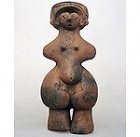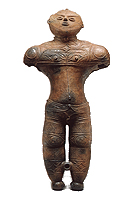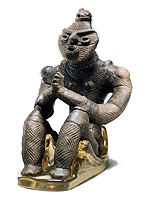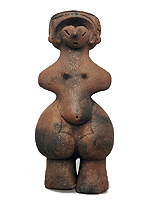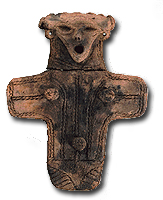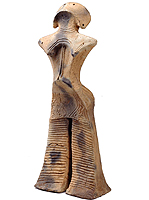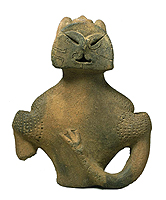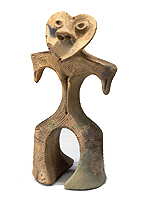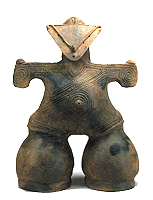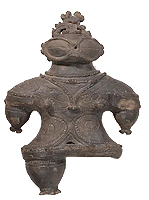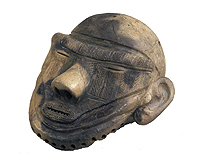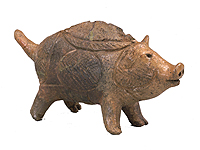Japanese Gallery (Honkan) Room T5
December 15, 2009 (Tue) - February 21, 2010 (Sun)
>> detailed information
This is one of a series of overseas exhibitions organized by the Agency of Cultural Affairs which is being shown domestically on the occasion of its return. This exhibition (held at the British Museum, UK; Thursday, September 10 - Sunday, November 22, 2009) showcases dogu clay figurines, which are known as representations of the spiritual world and the belief of Japan's ancient Jomon people. This is a rare opportunity to see the most important works of this genre, including three National Treasures.

